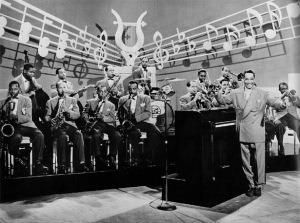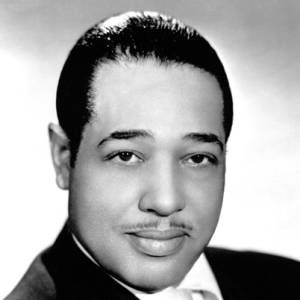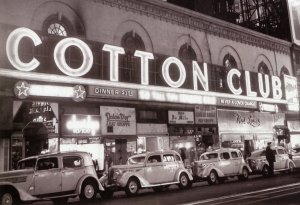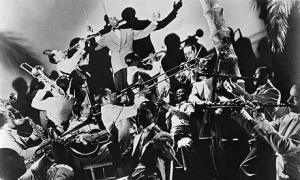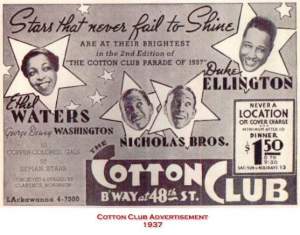What is it about jazz?
What is it about jazz?
There is a certain je ne sais quoi about it
The way you can’t help but to move to the throbbing beat of the drums
Or the fact that the wailing saxophone coaxes you slowly towards it with its’ enticing melody
Maybe it’s the blaring trumpet that catches your ear, and commands your attention
What is it about jazz?
It connects to all people
Whether it’s smooth jazz or more bluesy
Or maybe straight jazz instruments
The perfection of synchronization between the keys
Your body just knows its right
What is it about jazz?
That makes it so intriguing
Is it the history?
The origins?
Or is it the big names and the glamour?
It could be the struggle that jazz artists had to endure
Or maybe it’s a fascination with the new music style that shaped the modern world
What is it about jazz
Duke Ellington “The A Train”
Duke Ellington during the 1920’s
Duke Ellington was born Edward Kennedy Ellington to parents Daisy Kennedy Ellington and Edward Ellington, on April 29, 1899. He was born in Washington D.C where his mother played parlor songs and his father operatic arias. Growing up in a musical household, Edward Ellington began piano lesson’s at age 7, wrote his first song when he was 15, and was invited to join the Wilbur Sweatman orchestra in New York City when he was 20. Ellington moved to Harlem and was ultimately in the heart of the Harlem Renaissance.
Cotton Club
Jack Johnson, and the beginning of the Cotton Club
Jack Johnson, a retired boxer opened up the Club Deluxe in 1920, though in the 21st century it is more prominently known as the Cotton Club. The club was opened up on the corner of 142 street and Lenox Avenue, in the heart of Harlem. In 1923 a famous gangster and bootlegger by the name of Owney Madden took over the club and changed it from the Club Deluxe, to the Cotton Club, though Johnson was still the manager. Madden wanted the club to sell his best brewed beer to the prohibition crowd upstairs while still having a jazz club on the bottom floor. Though the club was a “white’s only” establishment, there were subtle hints of colored people inside. The chorus girls and dancers for the shows were permitted to be colored as long as they fit a very string and specific criteria. Though the club was always success the prime years were from 1927-1931 when Duke Ellington’s orchestra was performing at the Club every night with special guest musicians like Louis Armstrong, Ella Fitzgerald, Billie holiday, Nat King Cole, Lena Horne, Ethel Waters, and Fletcher Henderson. The club was so successful it featured special “Celebrity Sunday’s ” that had special celebrities such as Judy Garland, Paul Robeson, Jimmy Durante, George Gershwin and Moss Hart.
